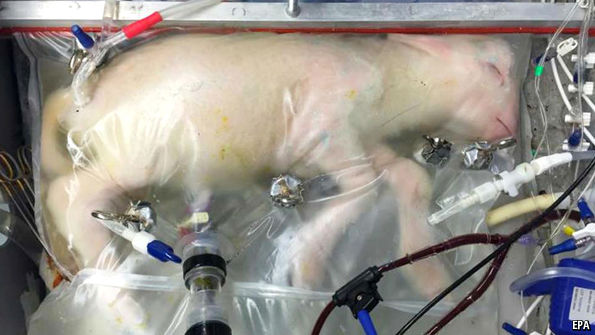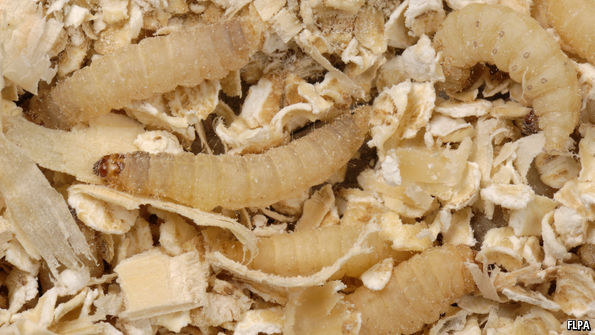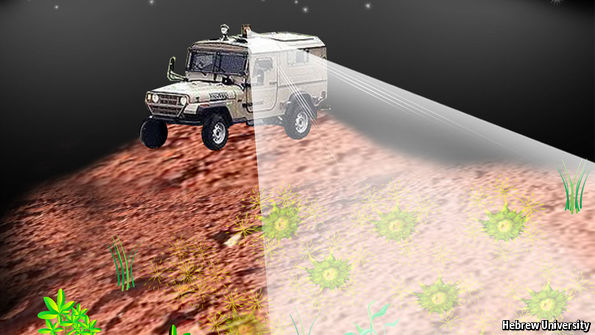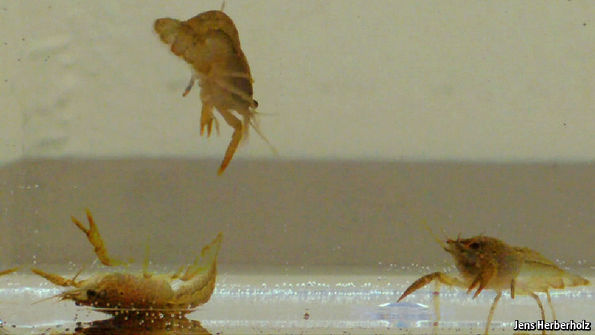Spyware that can identify what films you are watching
 We know what you’re doing
We know what you’re doingREMEMBER that racy film you probably should not have enjoyed on Netflix last weekend? Eran Tromer’s algorithms can tell what it was. Although videos streamed from services such as Netflix, Amazon and YouTube are encrypted in various ways to ensure privacy, all have one thing in common: they leak information. Dr Tromer, of Tel Aviv university, his colleague Roei Schuster and Vitaly Shmatikov of Cornell have worked out how those leaks can identify the film you are watching—even if they cannot directly observe the stream of bits delivering it, or obtain access to the device on which you are watching it.
Videos streamed over the internet are usually transmitted using a standard called MPEG-DASH. This chops a data stream up into segments that are then encrypted and fetched one at a time by the machine playing the video. The result is an on-off, “bursty” pattern of data arrival. But not all segments are equal. One depicting the mating habits of sloths will contain less information than another showing a car chase. Streaming services use something called variable bit-rate (VBR) compression to take advantage of this….Continue reading
Source: Economist













